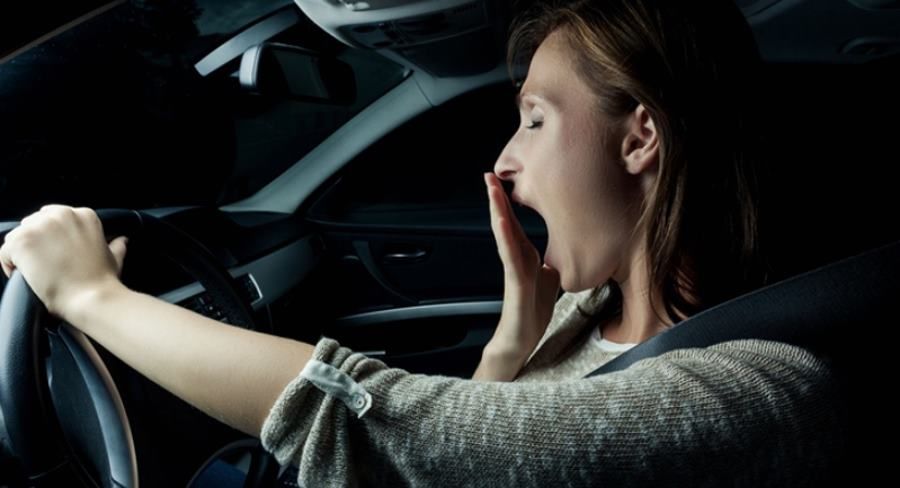Why driving a car makes us feel sleepy? The researchers found the answer
According to estimatesów, about 20 percent of. fatal accidentsóin cars is due to driver fatigueów. Researchers at the Royal Melbourne Institute of Technology (RMIT) University in Melbourne hope that the results of their study can be used by manufacturers ofów car seats to improve their designóin order to pomóc drivers to stay alert.
– We know that one in five Australiansów fell asleep at the wheel. We also know that drowsiness while driving is a significant problem for road safety – said Professor Stephen Robinson, coółautor research, które published in the journal „Ergonomics”. – When a person is tired it doesn’t take much to make one sleepy. We discovered that the gentle vibrations produced by car seats while driving can effectively mute mózg and body – added.
A study conducted by Australian researchersów have shown that the constant vibration at low frequencies experienced while driving gradually induces drowsiness even in individualsób well rested and healthy. This effect is evident after just 15 minutes of driving, and after pół hour has a significant impact on the ability to concentrate – scientists say.
To get an in-depth look at the phenomenon, the researchers tested 15 volunteersów in a virtual simulator. The simulator was set up so that the participant would experience monotonous driving on a two-lane highway. In addition, the simulator was set up on a platform thatóra introduced vibrations. Volunteers underwent the test twice: once with vibration at low frequencies (4-7 Hz) and once without vibration.
Vibration-induced fatigue makes it psychologically and physiologically more difficult for us to perform mental tasks. The body’s nervous system activates, leading to changes in heartbeat. Observing heart rate variability, the volunteerów, researchers were able to get an objective measure of how sluggish they were during a 60-minute test.
Within 15 minutes of starting the vibration test, the volunteers showed signs of drowsiness. Within 30 minutes, drowsiness was already significant and required more effort to maintain alertness and cognitive performance. Sleepiness gradually increased during the test, reaching a maximum level after 60 minutes.
– We now want to study a larger number of volunteersów, detailedólnie to test the extent to which age affects someone’s sensitivity to vibration and the drowsiness it causes, and the impact of problemóin health, such as, for example, sleep apnea – explained Professor Mohammad Fard, coóroutor of the publication.
Fard admitted róalso that vibrates in someór frequencies can have the opposite effect and help drivers stay alert. – Therefore, we want to róalso explore a wider range of vibrational frequencies. Potentially, these „good vibrations” – estimated Fard.
This research could help improve road safety. Future car seat designs may be enhanced with a feature thatóra nullifies "bad" vibrations or increases those thatóre help to maintain vigilance.


